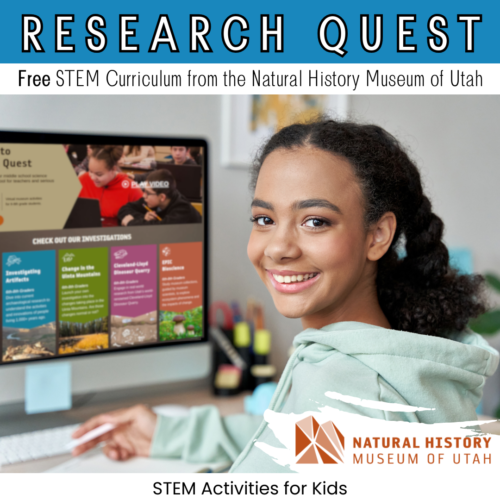
Who doesn’t love a free STEM curriculum option? If you’re ready to try out engaging online science activities with your middle schoolers, I have a great option for you to check out! The Natural History Museum of Utah has an online investigation-based program just for middle school students called Research Quest. In this program, students will get to act like real archaeologists, paleontologists, and other scientists to follow along with museum staff, while investigating and exploring different scenarios.
*This post was created as part of a collaboration with the Natural History Museum of Utah.
Research Quest Background Information
Created and provided by the Natural History Museum of Utah, Research Quest is a series of online, phenomenon-based investigations designed by real-world experts specifically for middle school students. The tool, which is aligned with Next Generation Science Standards and English Language Arts (ELA) Common Core, is already being used by hundreds of educators and 50,000+ students. And the best part—it’s totally FREE!
In the online curriculum portal, students will explore a variety of scientific mysteries through immersive virtual labs, artifacts, and hands-on research that promotes critical thinking and problem-solving. The material is fun but also challenging. Its web-based instructions make it user-friendly for both teachers and students in the classroom as well as those learning at home. The modules are broken up into easily digestible videos and activities to keep students engaged and on task. There are also occasional check-ins to make sure students are comprehending the material, and many of them are self-checking, like this review of synthetic and natural materials as they relate to society:
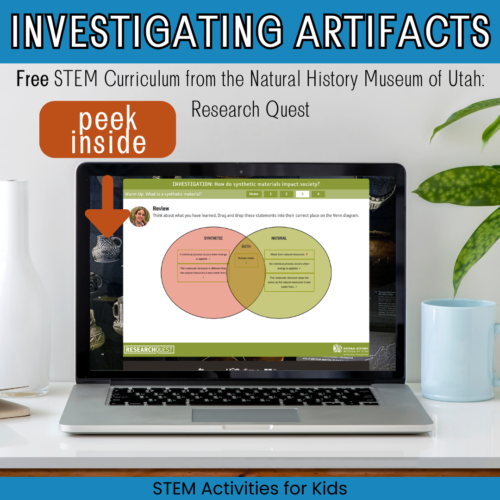
Research Quest: Investigating Artifacts as an Archaeologist
I tried out one of the Research Quest investigations: Investigating Artifacts, where there was a deep dive into natural and synthetic materials, plus detailed instruction on how to identify different elements of ceramics that were made by people 1000 years ago.
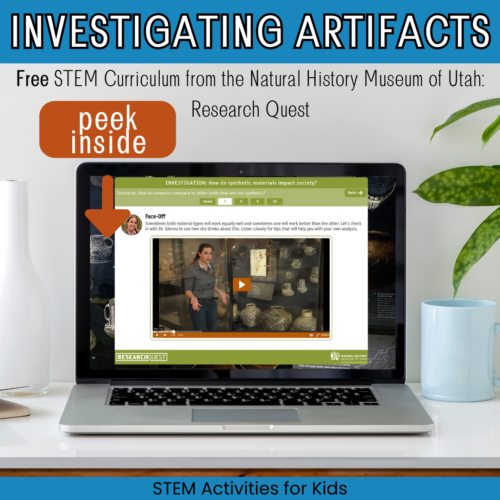
What can you figure out about a ceramic piece from a sherd (small piece)? Depending on its curvature, finish, pattern, and whether or not it has a handle (among other things), students will watch videos and fill out a series of forms with their observations to determine what the sherd came from and what it may have been used for.
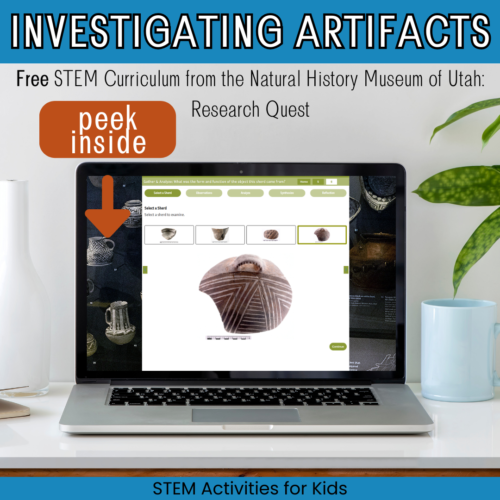
I really enjoyed following this investigation and think your aspiring scientists will love it, too. Check it out and sign up today at ResearchQuest.org
Easy share image for social media, Pinterest, etc:


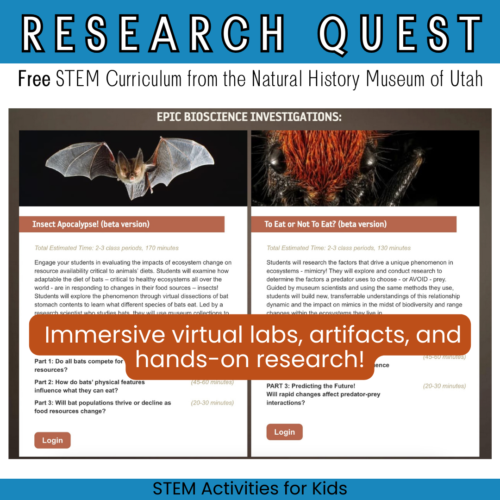
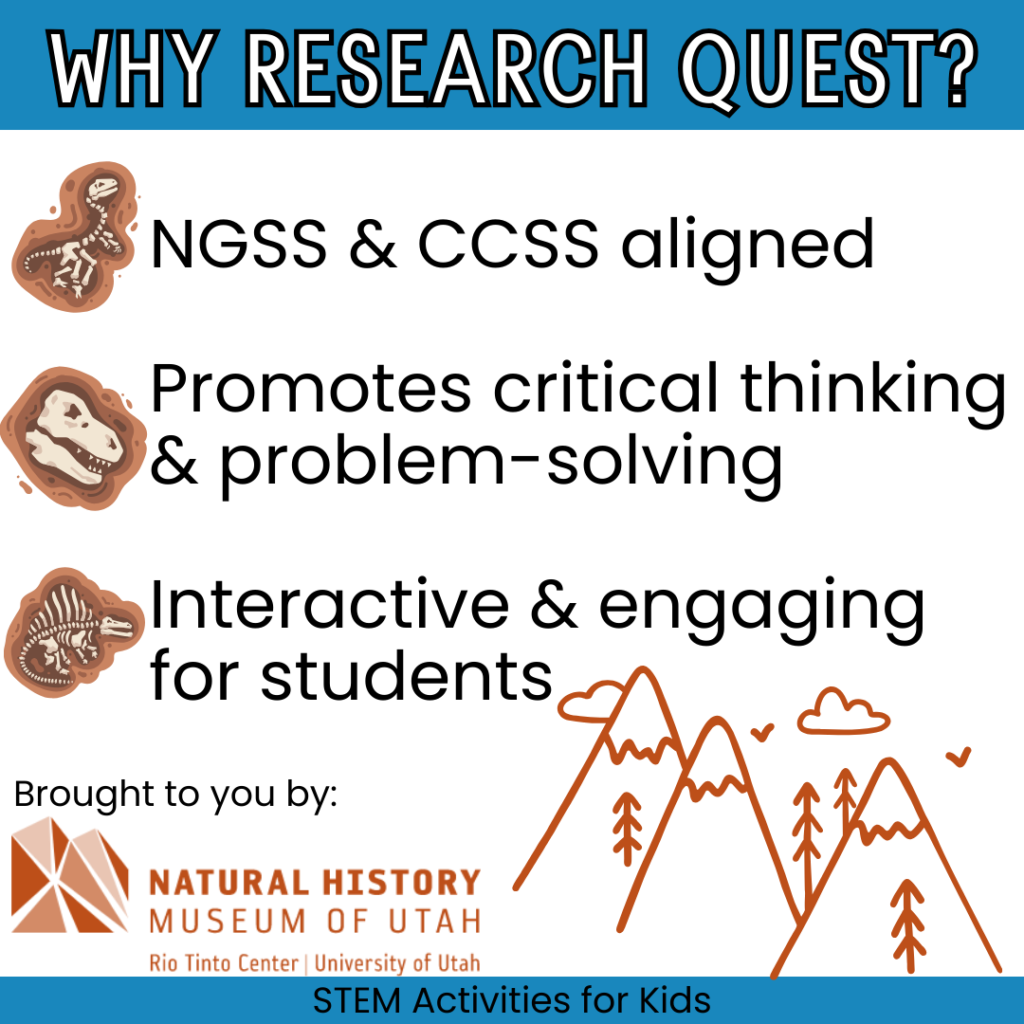
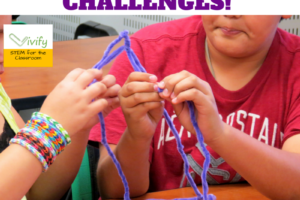

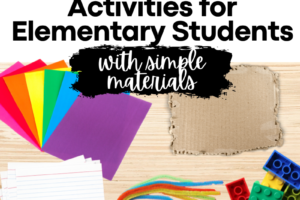
Leave a Reply
Your email is safe with us.